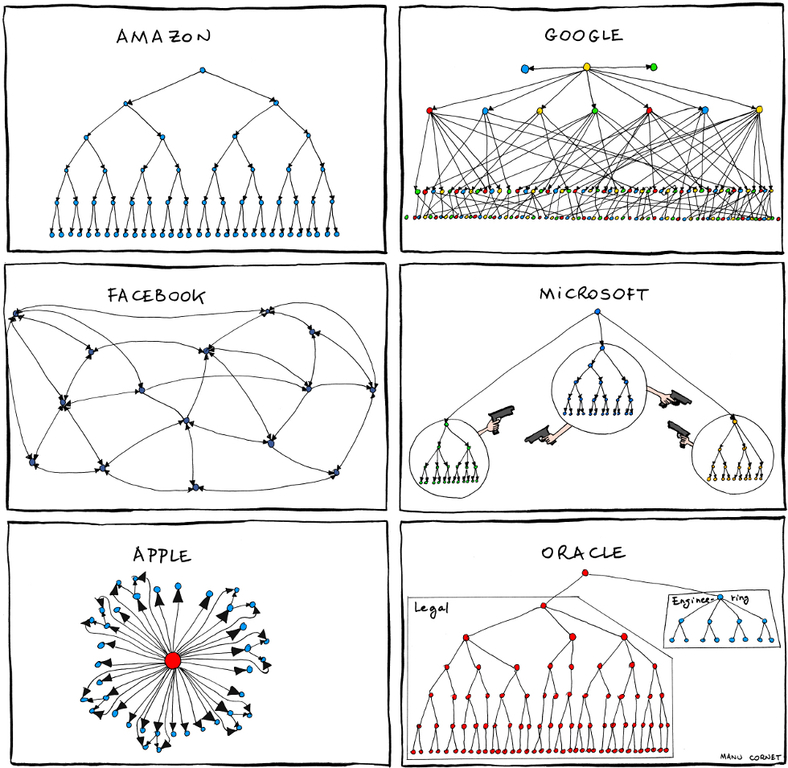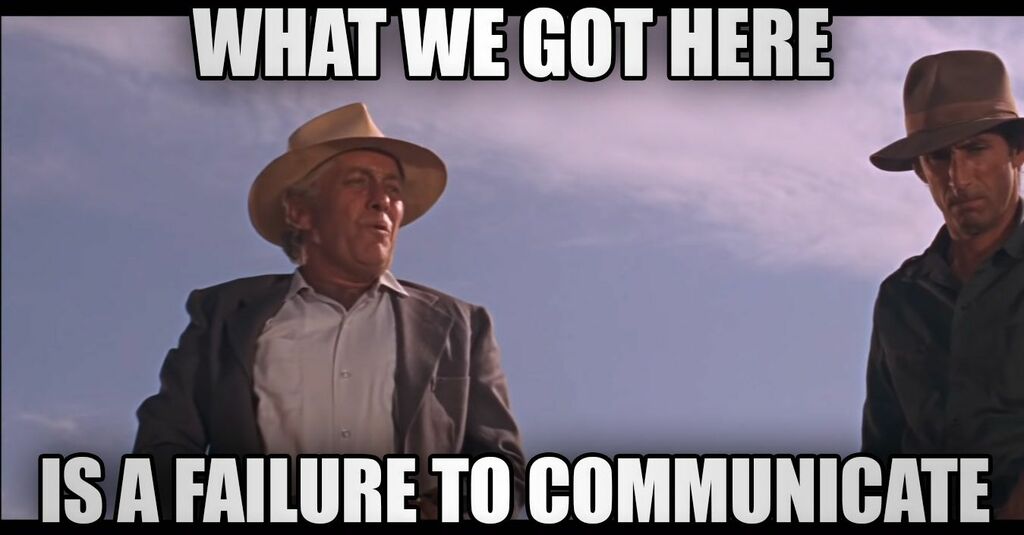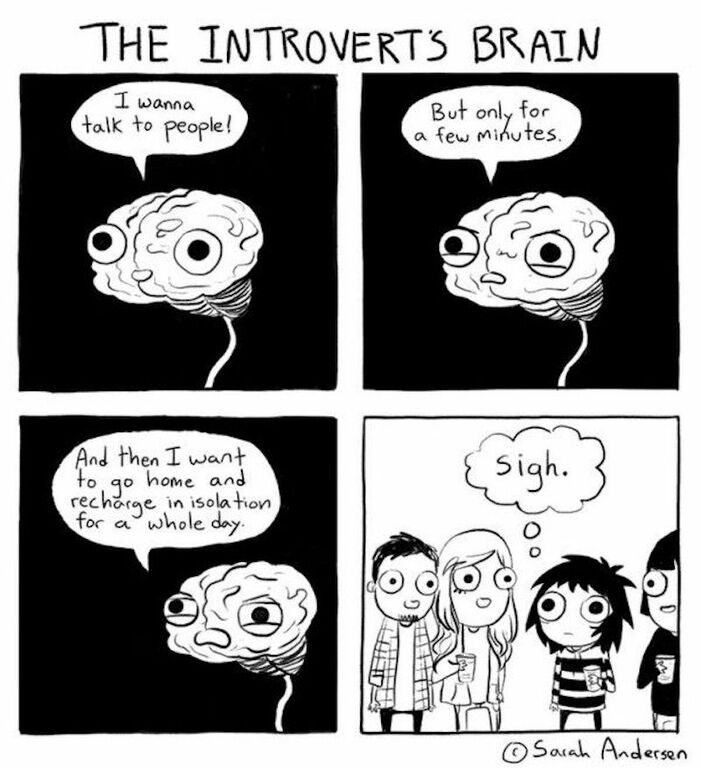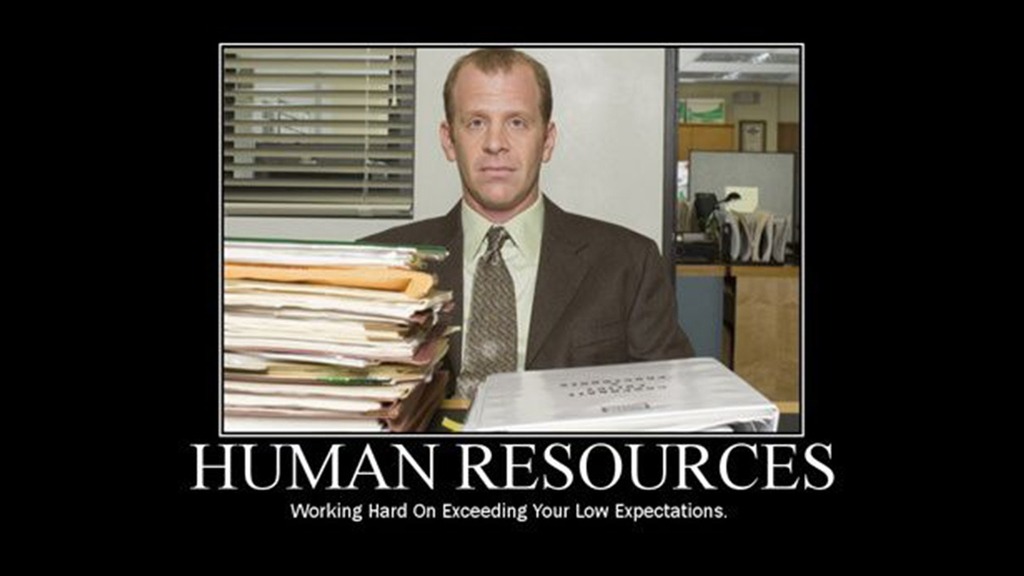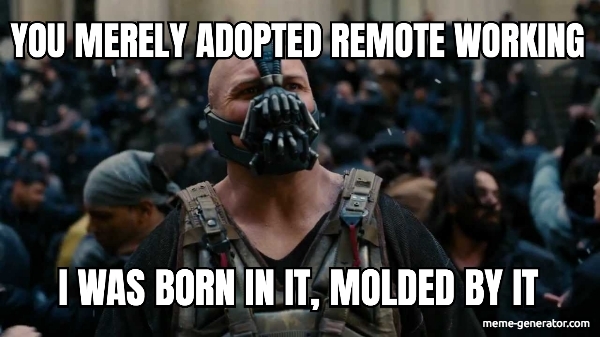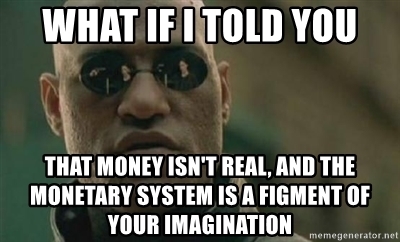What the Fed should do about SVB
There is money sitting on the table
By Mac Dougherty
March 10, 2023
Earlier today Silicon Valley Bank failed. SVB was the most important bank for startups and held many startup companies’ money in addition to venture funds and others in the startup ecosystem.
SVB fell victim to rising interest rates. This hit them in two ways. First, they loaned out deposited funds to the US Government, among others, buying long dated treasury bonds. These bonds paid low interest rates when SVB bought them, on average around 1.5%. Since then, interest rates have risen, and bonds of the kind SVB owned (3.5ish year maturity Treasury bonds) are now paying 4.5%.
Now the US Government is good for the money, so what’s the problem? Well SVB’s depositors were startups. As it happens, there has been a downturn in startup-land. And because of this, VC funding has been hard to come by. So startups have been burning cash, on average, even more than they normally do. This means all the startup accounts have been paying out cash, but not bringing in new investments to top those accounts up.
So SVB needed to come up with cash to pay out those withdrawals from the startups’ accounts. To do this, they sold the loans they previously made using the deposits they got from the startups. But because rates have gone up, they can’t sell the loans for what they paid for them. When rates go up, the value of loans go down.
So as SVB sold their loans, for something like 90 cents on the dollar, the value of their assets (the loans they made) kept going down relative to their liabilities (the startups’ deposits) and people started wondering whether there would be enough money to pay all the depositors back.
Once people started wondering that, more depositors started withdrawals, which forced SVB to liquidate more bonds, enlarging the problem in a death spiral/run on the bank.
There are a lot of problems to be dealt with that arise from this, some having to do with SVB specifically, some to do with the startup ecosystem, and some with the economy as a whole. I’m going to bracket the SVB and startup ecosystem issues, and focus on the economy wide issues. People are worried that other banks, who also invested in long duration Treasury bonds, will face a similar problem. This has caused share prices at other banks to fall.
The Fed can address this, and should for at least two reasons. First, keeping confidence in the banking system as whole high is just good policy. Second, the Fed wants to be able to raise and lower interest rates in order to manage the economy. If raising rates creates systemic banking issues, then it makes it difficult for the Fed to steer the economy as it would like to do.
So, the Fed should offer to exchange, at par value, short duration treasury bonds it owns that pay higher interest rates, for long duration bonds banks are holding that pay low interest rates, and that have a remaining duration that is similar to the Fed’s bonds in the exchange. A short example: Bank A (not SVB) bought 5 year Treasury bonds 2 years ago that pay 1.5%. The remaining duration is 3 years. The Fed should swap its newly purchased 3 year Treasury bonds that pay 4.5% for those 2 year old 5 year bonds (effectively also 3 year bonds) that pay 1.5%.
This way Bank A gets to sell its new 4.5% bonds for 100 cents on the dollar if it needs to, which should remove the need to do so since depositors won’t be worried. The Fed will hold the 1.5% bonds to maturity, and since the US Government is good for it, it gets paid back, and is only out a bit of interest. In exchange for being out that bit of interest, the Fed gets to raise rates to manage the economy as it needs to, without worrying about sparking a general banking contagion.
Seems like a win-win to me.
SVB fell victim to rising interest rates. This hit them in two ways. First, they loaned out deposited funds to the US Government, among others, buying long dated treasury bonds. These bonds paid low interest rates when SVB bought them, on average around 1.5%. Since then, interest rates have risen, and bonds of the kind SVB owned (3.5ish year maturity Treasury bonds) are now paying 4.5%.
Now the US Government is good for the money, so what’s the problem? Well SVB’s depositors were startups. As it happens, there has been a downturn in startup-land. And because of this, VC funding has been hard to come by. So startups have been burning cash, on average, even more than they normally do. This means all the startup accounts have been paying out cash, but not bringing in new investments to top those accounts up.
So SVB needed to come up with cash to pay out those withdrawals from the startups’ accounts. To do this, they sold the loans they previously made using the deposits they got from the startups. But because rates have gone up, they can’t sell the loans for what they paid for them. When rates go up, the value of loans go down.
So as SVB sold their loans, for something like 90 cents on the dollar, the value of their assets (the loans they made) kept going down relative to their liabilities (the startups’ deposits) and people started wondering whether there would be enough money to pay all the depositors back.
Once people started wondering that, more depositors started withdrawals, which forced SVB to liquidate more bonds, enlarging the problem in a death spiral/run on the bank.
There are a lot of problems to be dealt with that arise from this, some having to do with SVB specifically, some to do with the startup ecosystem, and some with the economy as a whole. I’m going to bracket the SVB and startup ecosystem issues, and focus on the economy wide issues. People are worried that other banks, who also invested in long duration Treasury bonds, will face a similar problem. This has caused share prices at other banks to fall.
The Fed can address this, and should for at least two reasons. First, keeping confidence in the banking system as whole high is just good policy. Second, the Fed wants to be able to raise and lower interest rates in order to manage the economy. If raising rates creates systemic banking issues, then it makes it difficult for the Fed to steer the economy as it would like to do.
So, the Fed should offer to exchange, at par value, short duration treasury bonds it owns that pay higher interest rates, for long duration bonds banks are holding that pay low interest rates, and that have a remaining duration that is similar to the Fed’s bonds in the exchange. A short example: Bank A (not SVB) bought 5 year Treasury bonds 2 years ago that pay 1.5%. The remaining duration is 3 years. The Fed should swap its newly purchased 3 year Treasury bonds that pay 4.5% for those 2 year old 5 year bonds (effectively also 3 year bonds) that pay 1.5%.
This way Bank A gets to sell its new 4.5% bonds for 100 cents on the dollar if it needs to, which should remove the need to do so since depositors won’t be worried. The Fed will hold the 1.5% bonds to maturity, and since the US Government is good for it, it gets paid back, and is only out a bit of interest. In exchange for being out that bit of interest, the Fed gets to raise rates to manage the economy as it needs to, without worrying about sparking a general banking contagion.
Seems like a win-win to me.


